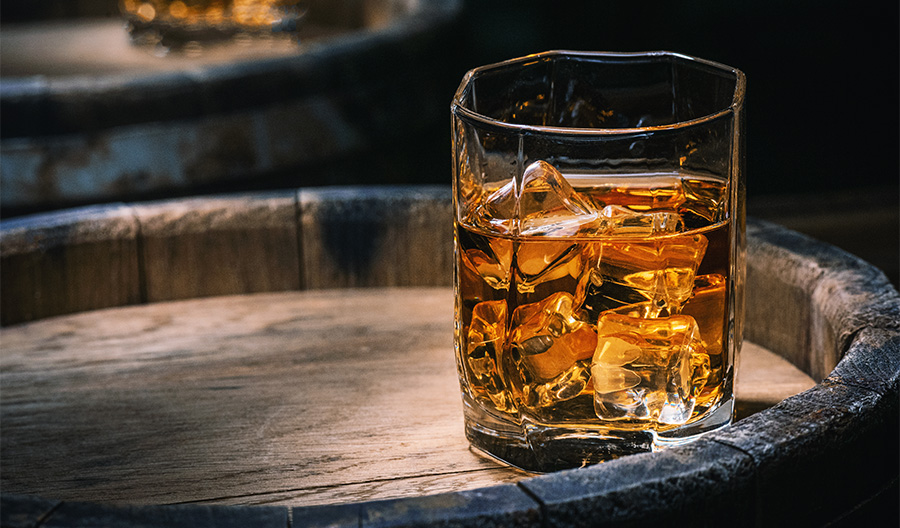Whether you’re looking to enjoy Cognac as a digestif or mix it into a cocktail, it never hurts to have a bottle on your bar cart.
Here’s a look at what this spirit actually is, how it’s made, the best bottles for every type of drinker and more.
What Is Cognac?
Cognac is a type of brandy that must be produced in the Cognac region of France. Think of it like Champagne: Champagne is a sparkling wine, but not all sparkling wine is Champagne. Similarly, Cognac is a brandy, but not all brandy is Cognac.
The primary grape used in Cognac is Ugni Blanc. But small amounts of Picpoul (known in France as Folle Blanche), Colombard and a few other varieties are also used.
If you’re familiar with French wine, you probably know that it’s often identified by producers or estates. However, Cognac is recognized by brands.

How Is Cognac Made?
Cognac is made from distilled white wine. It must go through a double distillation process in copper stills. From there, it must be aged in French oak (specifically Limousin or Tronçais) barrels for at least two years.
Much like Champagne, most Cognacs are blends.
How Do You Drink Cognac?
Like most things with wine, beer and spirits, it all comes down to a matter of personal preference.
To start, Cognac can make an excellent addition to cocktails. For instance, it’s one of the main components in the Almond Orchard cocktail—a hot drink perfect for the holidays. It’s also a key ingredient in the Brandy Alexander, a boozy, milkshake-like concoction with a history dating back more than 100 years.
Cognac can also be enjoyed on its own. Try adding to it a drop or two of water, which will allow the spirit’s nuances of fruit and spice to come forward. Similarly, you can also serve this brandy on light ice—but be careful not to use too much, or you’ll dilute the flavors.
As for glassware, that also depends. Traditionally, Cognac was served in a snifter. However, that practice is starting to change. Many drinks pros say that a snifter’s wide base and narrow top overly enhance alcohol on the nose. Instead, opt for something with a wider rim, like a rocks glass.
What Do Cognac Labels Mean?
Eau-de-vie: This French term translates to “water of life.” While the term generally refers to brandies made from fruit other than grapes, it also refers to young brandy that’s aged less than two years—not yet long enough to be considered Cognac.
V.S.: This term means “very special,” and it signifies that the youngest brandy used in a Cognac blend is aged at least two years.
V.S.O.P.: This labeling means “very superior old pale.” If you get a bottle with this seal, the youngest brandy in the blend was aged at least four years.
Napoleon: The youngest brandy in the blend was aged for a minimum of six years.
X.O.: This term means “extra old.” The youngest brandy in the blend was aged for a minimum of 10 years.
X.X.O.: This newer category was established in 2018. It means the youngest brandy in the blend was aged 14 years.

